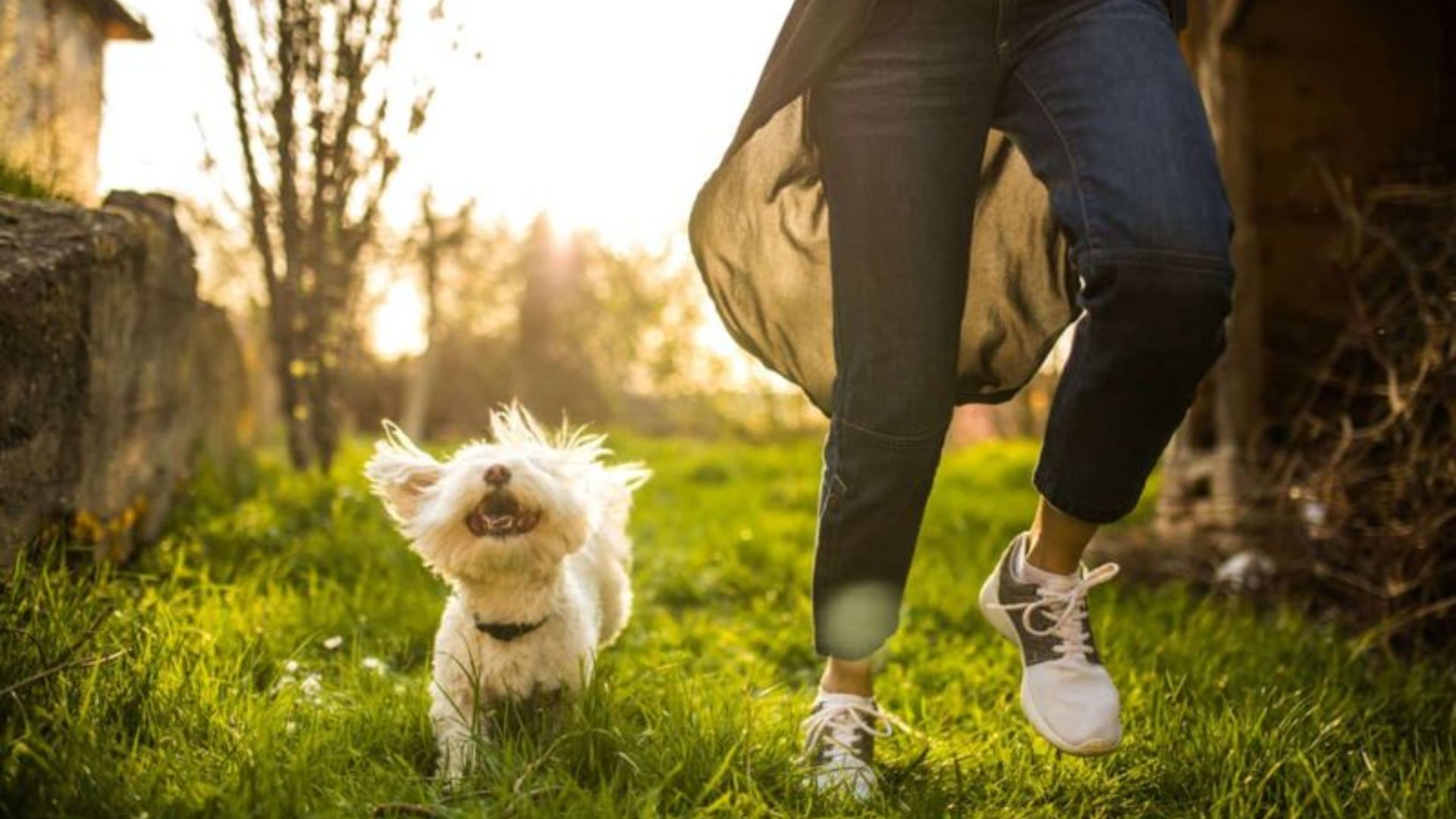Bringing a rescue dog into your home is a rewarding experience, full of challenges and opportunities. Building a strong bond with your new furry friend requires patience, understanding, and love.
Here are some special ways to connect with your rescue dog and develop a relationship based on trust and affection.
1. Spend Quality Time Together
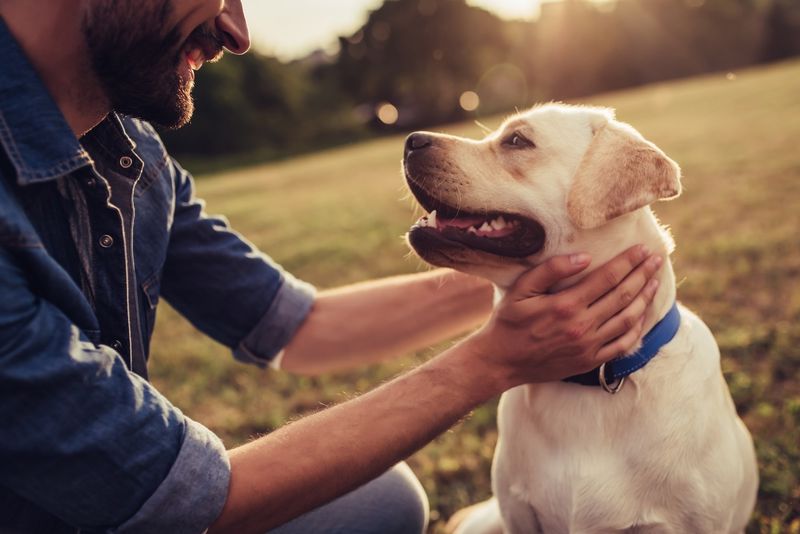
Spending quality time with your rescue dog is essential in building trust and a strong bond. Whether it’s playing indoors on a rainy day or enjoying outdoor adventures, your presence makes a big difference. Start by setting aside dedicated time each day for activities that both of you enjoy.
This could be a fun game of fetch in the backyard or a leisurely walk around the neighborhood. During these moments, focus on your dog’s behavior and reactions, learning what makes them happy and comfortable.
It’s crucial to be present and engaged during this time, showing your dog that they are a valued part of your family.
Consistency helps your dog feel secure and loved, strengthening your bond over time. Try introducing new games or toys to keep things exciting and tailored to your dog’s preferences.
Maximize these moments by using them as learning opportunities, gradually understanding your dog’s unique personality.
Additionally, incorporating training exercises during playtime can enhance your connection. Use positive reinforcement methods, like treats and praise, to encourage good behavior. This not only strengthens your bond but also promotes a well-behaved companion.
Remember, building a relationship is a two-way street, so be patient and open as your dog learns to trust and love you.
2. Establish A Routine
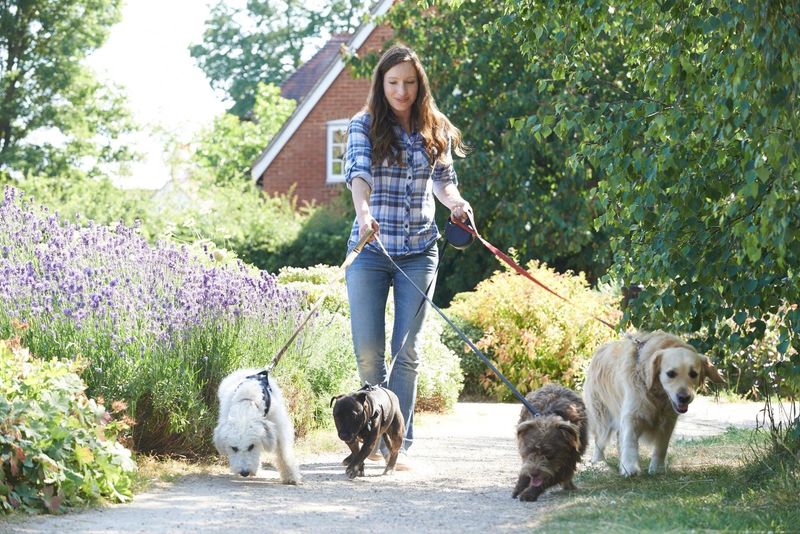
Creating a consistent daily routine is vital for your rescue dog’s sense of security and well-being. Dogs thrive on predictability, and knowing what to expect from each day helps them adjust to their new environment.
Start by establishing regular feeding times, walks, and play sessions. This consistency reassures your dog that they are in a safe and loving home.
A set routine also aids in reducing anxiety and behavioral issues, making your dog feel more at ease. Over time, your dog will begin to anticipate these activities, looking forward to each one as an opportunity to bond with you.
Remember, routines don’t have to be rigid; they can be flexible enough to accommodate new experiences while maintaining a sense of stability.
Incorporate rituals like morning stretches or a bedtime cuddle, reinforcing the bond between you and your dog.
Be attentive to their reactions and needs, adjusting routines as necessary to suit their comfort and happiness. By providing a predictable structure, you’re laying the foundation for a trusting and loving relationship.
3. Communicate With Body Language

Understanding and using body language is a powerful way to communicate with your rescue dog. Dogs are highly attuned to non-verbal cues, often relying more on these than verbal commands. Begin by observing your dog’s body language to gauge their comfort and stress levels.
Pay attention to signals like tail wagging, ear position, and eye contact to understand their emotions.
Responding appropriately to your dog’s signals can build trust and reinforce your bond. For instance, a wagging tail and relaxed ears usually indicate happiness and openness to interaction.
Approach your dog calmly and confidently, using your body language to convey love and security. Avoid sudden movements or loud noises that might startle them.
Mirroring your dog’s actions can also enhance your connection. If they lower their body into a playful stance, join in by mimicking their posture.
This can create a playful and engaging interaction, reinforcing your mutual understanding. Remember, patience and observation are key components in mastering this form of communication, leading to a deeper and more intuitive bond.
4. Positive Reinforcement Training
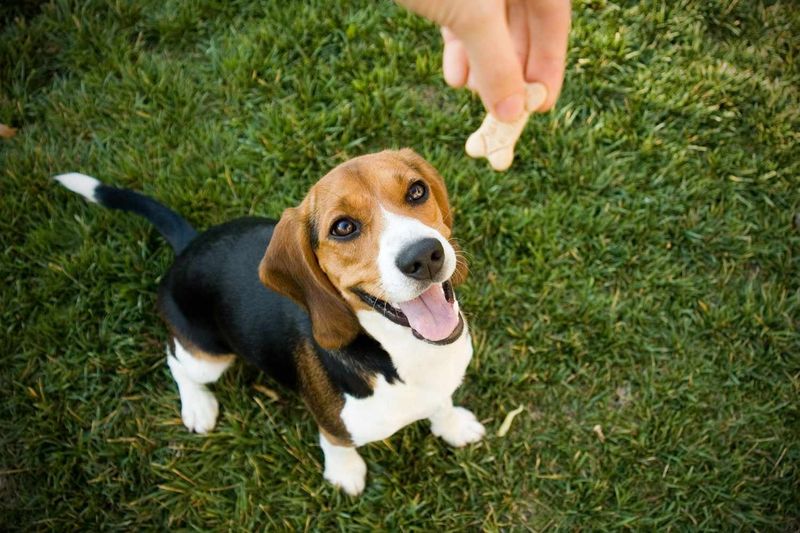
Positive reinforcement training is an effective method to strengthen your bond with a rescue dog. This approach focuses on rewarding good behavior with treats, praise, or play, encouraging your dog to repeat desirable actions.
Begin by identifying what motivates your dog, whether it’s a tasty treat or a favorite toy.
Once you know what your dog responds to, start incorporating training sessions into your daily routine. Keep these sessions short and enjoyable, ensuring your dog remains engaged and responsive.
Use clear and consistent commands, rewarding your dog immediately when they follow through. This immediate reinforcement helps them understand the connection between their actions and your approval.
As your dog becomes more comfortable and confident, gradually increase the complexity of the tasks. This not only keeps your dog mentally stimulated but also deepens your relationship.
Remember, patience is essential; every dog learns at their own pace. Celebrate small victories and maintain a positive, encouraging attitude to foster a loving and trusting bond.
5. Create A Safe Space
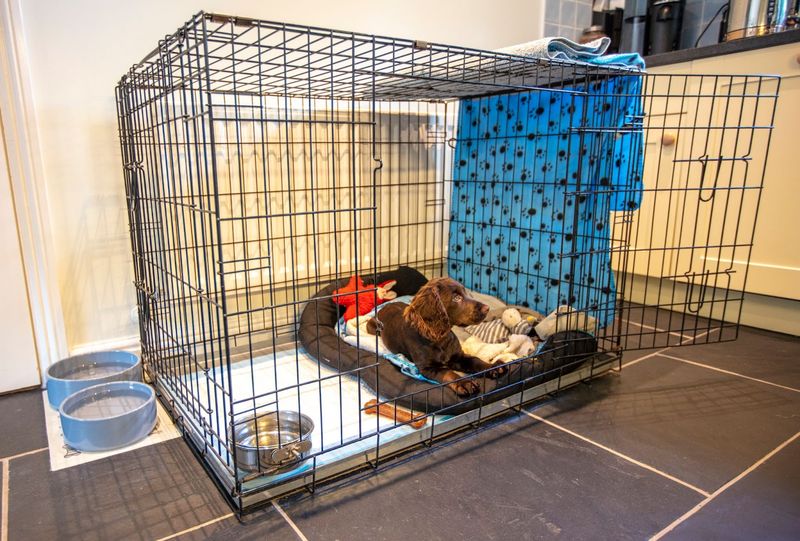
Providing a safe and comfortable environment is crucial for your rescue dog’s sense of well-being. A designated space they can call their own helps them feel secure, offering a retreat when they need rest or solitude. Start by selecting a quiet corner of your home, away from the hustle and bustle of daily life.
Equip this space with a comfortable bed, toys, and perhaps a blanket with your scent. This familiar presence can be incredibly comforting, especially for dogs who have experienced trauma or change. Encourage your dog to use this space, respecting their need for privacy and downtime.
This safe haven acts as a foundation for building trust, showing your dog that they are a cherished part of your family.
Over time, they will associate this space with positive experiences, enhancing their overall sense of security. By providing a sanctuary, you are fostering a nurturing environment that supports a healthy and loving relationship.
6. Explore New Experiences Together
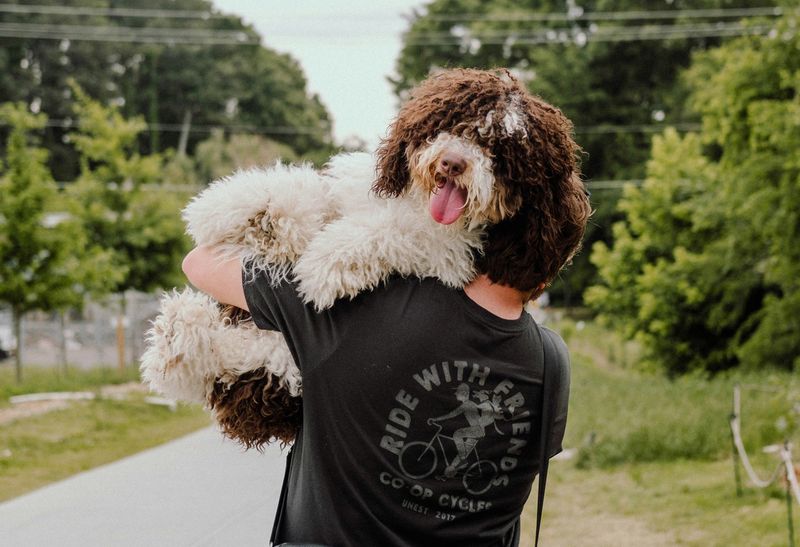
Embarking on new adventures with your rescue dog is a wonderful way to strengthen your bond. Shared experiences foster connection, providing opportunities for both of you to learn and grow together.
Start with small outings, such as a visit to a nearby park or a quiet trail, gradually building up to more adventurous activities.
Pay attention to your dog’s comfort level during these excursions, ensuring they feel safe and happy. Allow them to explore at their own pace, encouraging curiosity and confidence.
These outings provide you with the chance to observe your dog’s behavior in different environments, learning more about their likes and dislikes.
Introducing your dog to various sights, sounds, and smells can enrich their life, building a foundation of trust and companionship.
Remember to keep these experiences positive, offering treats and praise to reassure your dog. By making adventures a regular part of your life, you create lasting memories and deepen your connection.
7. Mindful Relaxation And Cuddling
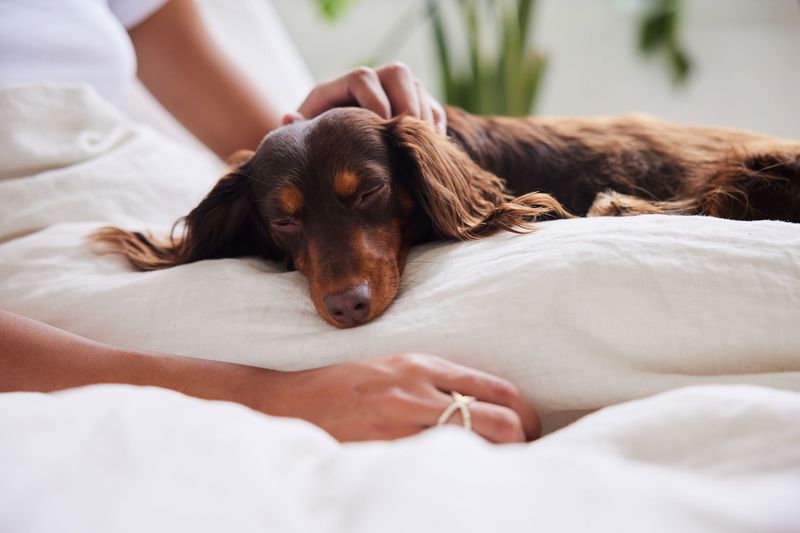
Relaxation and cuddle time are essential for bonding with your rescue dog. These quiet moments allow both of you to unwind and enjoy each other’s company, strengthening your emotional connection. Create a calm and comfortable space where you can sit or lie down together, free from distractions.
Gently petting or massaging your dog can be soothing, reinforcing feelings of love and security. Pay attention to your dog’s body language, adjusting your touch to ensure they are comfortable. This not only enhances your bond but can also help alleviate stress or anxiety your dog may be experiencing.
These moments of mindful relaxation create a sense of companionship and trust, deepening your relationship.
Regularly setting aside time for cuddling fosters a loving and nurturing environment, making your dog feel cherished and secure. Remember, the simplicity of being present is often the most profound way to connect with your furry friend.
8. Attend A Training Class Together
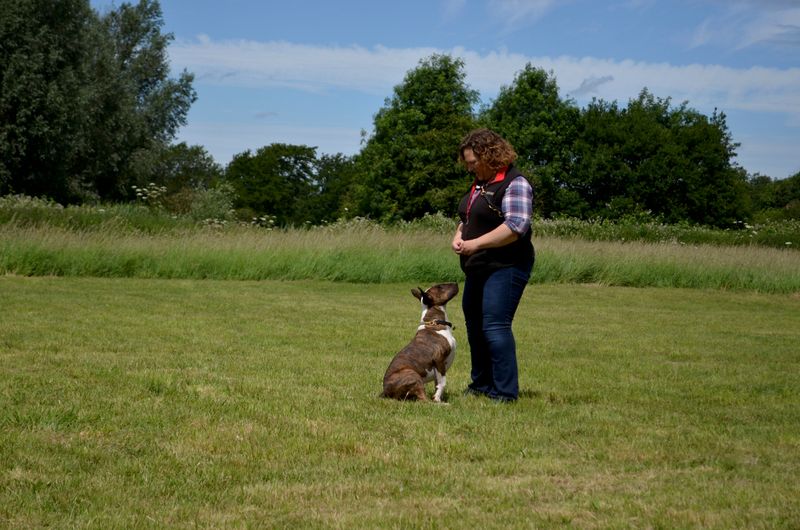
Attending a training class together can be an exciting way to bond with your rescue dog. These classes provide a structured environment where both of you can learn new skills and improve communication.
Choose a class that suits your dog’s temperament and needs, focusing on positive reinforcement techniques.
Participating in a class offers the added benefit of socialization, exposing your dog to new people and other dogs.
This helps build their confidence and adaptability, essential traits for a healthy and balanced life. During the class, you’ll have the opportunity to work closely with your dog, strengthening your partnership through teamwork and mutual understanding.
The guidance of a professional trainer can also enhance your training methods, providing valuable insights tailored to your dog’s unique personality.
By investing time in a training class, you’re showing your commitment to your dog’s development and well-being, laying the groundwork for a trusting and loving relationship.
9. Practice Patience And Kindness
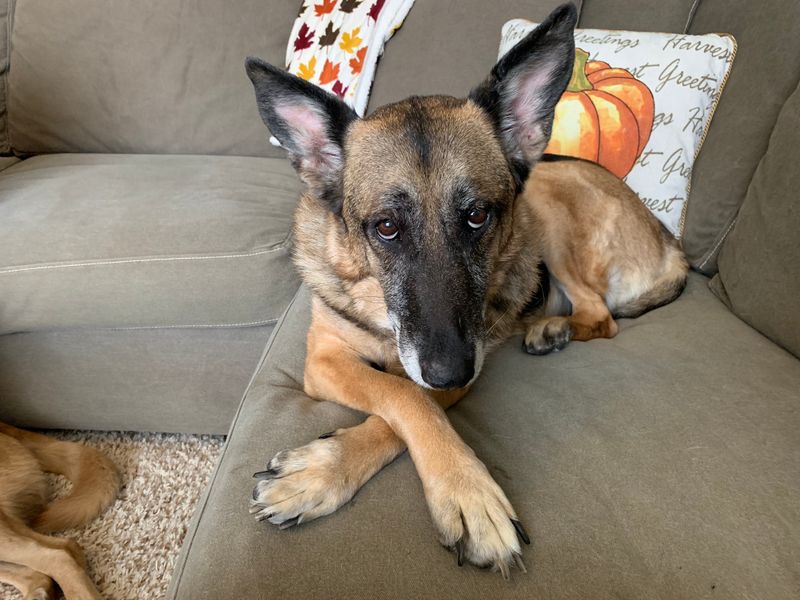
Patience and kindness are key elements in developing a strong bond with your rescue dog. Many rescue dogs come from challenging backgrounds and may require time to adjust to their new environment.
It’s essential to approach your relationship with understanding and empathy, allowing your dog to progress at their own pace.
Celebrate small victories and improvements, focusing on positive reinforcement to encourage desired behaviors.
Remember, setbacks are natural; instead of expressing frustration, guide your dog with gentle corrections and encouragement. This approach fosters trust and shows your dog that they are loved unconditionally.
By consistently practicing patience and kindness, you create a nurturing environment where your dog feels safe to explore and grow.
This foundation of love and respect is crucial for a lasting and meaningful bond. Remember, the journey with your rescue dog is unique, and every step forward is a testament to your growing connection.
10. Share Life’s Moments
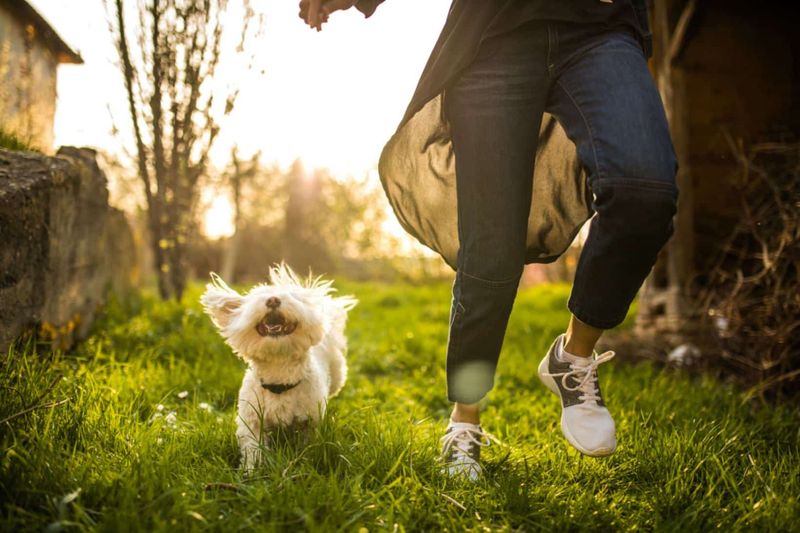
Including your rescue dog in daily activities is a wonderful way to strengthen your relationship. Sharing life’s moments, whether big or small, makes your dog feel valued and integrated into your family. Start by involving them in routines like morning coffee on the porch or family movie nights in the living room.
These shared experiences reinforce their role as a cherished family member, fostering a sense of belonging and happiness.
Pay attention to your dog’s cues, adjusting activities to ensure they are comfortable and content. Encourage them to participate in various events, providing reassurance and guidance along the way.
By sharing life’s moments, you create a tapestry of memories, each one contributing to your bond. This inclusive approach not only enriches your dog’s life but also enhances your own, as you enjoy the companionship and love of your furry friend.
Remember, the simple joy of being together is a powerful tool in building a loving and lasting relationship.

